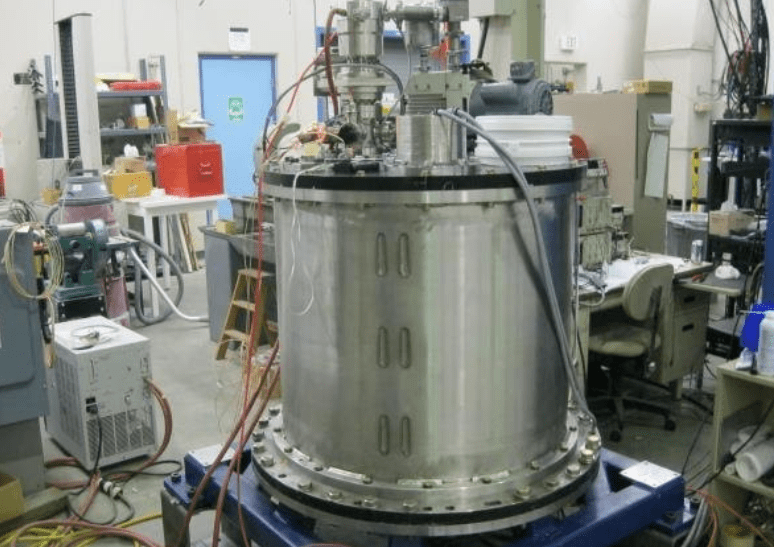

- Nieuws
-
Featured
-
Featured
- Recent
-
- Magazine
-
Featured
-
Featured
- Recent
-
- Kiosk
- Columns
- Bedrijveninfo
- Adverteren
Select Page

Foto: FLIE
Het Fieldlab Industriële Elektrificatie (FLIE) heeft een haalbaarheidsstudie gedaan naar de kinetische batterij van QuinteQ Energy. Deze blijkt goed toepasbaar bij havenkranen.
De kinetische batterij is ontwikkeld door QuinteQ Energy. In dit wrijvingsloze vliegwiel kunnen in principe oneindig veel energiepieken en -dalen worden opgeslagen en geleverd. Een jaar geleden startte FLIE een haalbaarheidsstudie naar deze innovatie. Het doel was om erachter te komen voor welke toepassing de vinding meerwaarde biedt. Ook is gekeken in hoeverre de vinding in combinatie met andere energieopslagsystemen in de industrie valt te gebruiken.
Uit het onderzoek blijkt dat havenkranen een mooie toepassing zijn voor het systeem. Deze vragen enkele keren per uur een flinke stroompiek als er een hijsbeweging wordt gemaakt. De kinetische batterij kan de pieken leveren, wat het net ontlast. Dit maakt CO2-reductie bij binnenvaartterminals mogelijk, concludeert FLIE. Ook lijken lagere transporttarieven haalbaar.
Zie ook: FLIE financieel ondersteund door Plant One
The Fieldlab Industrial Electrification (FLIE) has done a feasibility study on the kinetic battery of QuinteQ Energy. This appears to be well applicable to port cranes.
The kinetic battery is developed by QuinteQ Energy. In this frictionless flywheel, in principle, an infinite number of energy peaks and valleys can be stored and delivered. A year ago, FLIE started a feasibility study into this innovation. The aim was to find out for which application the invention offers added value. The study also examined the extent to which the invention could be used in combination with other energy storage systems in the industry.
The research showed that port cranes are a good application for the system. These require a considerable power surge several times an hour when a hoisting movement is made. The kinetic battery can supply the peaks, which relieves the grid. This makes CO2 reduction at inland shipping terminals possible, FLIE concludes. Lower transport tariffs also seem feasible.